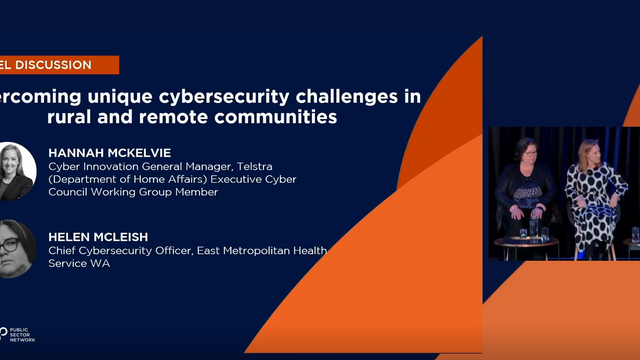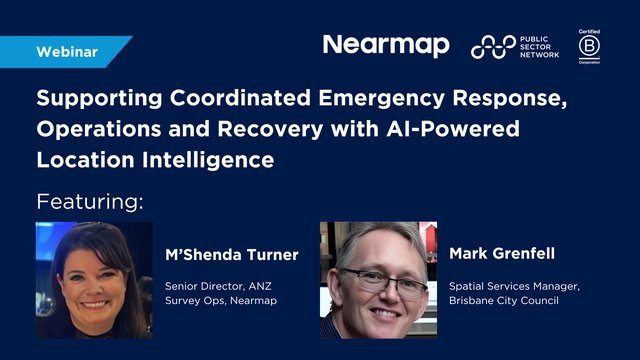

Being prepared for disasters and emergencies
The COVID-19 pandemic was something that no country, government or agency was truly prepared for. Whilst most government departments and municipalities spend significant time planning for disasters and have contingencies for all manner of scenarios, the pandemic was more significant and comprehensive than anyone imagined. The Calgary Emergency Management Agency (CEMA) was set up to plan for disasters and to create appropriate plans and mitigation strategies, but Michael Luchia, the Acting Deputy Chief of CEMA, says that the pandemic has not been a normal disaster, so whilst some of the plans worked as intended, others didn’t.
Evaluating the various plans and strategies in light of COVID-19
Leading up to the pandemic, CEMA had four main plans and tools at their disposal, and all were deployed given the nature of the crisis. The first to be deployed, which was expected to be the most effective, was the Infectious Diseases Management Plan (IDMP). By the time COVID-19 came along, it was on its fifth iteration, and it is an annex of our municipal emergency plan. Like many plans of its kind, it was largely based on triggers and actions. But in retrospect, they were mostly geographically based, a bit presumptuous and fairly repetitive. Very few of them applied to managing a pandemic. The IDMP also focused on roles and responsibilities, but largely looking at international standards through local bodies, so they weren’t fully within our control and therefore also not overly useful. In general, under normal circumstances, the local authority is primarily invested in the continuity of essential services, and the provincial authority – in our case Alberta – is largely vested with health care. This was reflected in the IDMP, but that is not at all how it played out during the pandemic. In fact, in Calgary we actually put restrictions in place before the provincial government got involved at all.
The third measure of the IDMP related to hazards, with modelling provided by the World Health Organization (WHO), but even the WHO admitted that they got much of the modelling wrong for COVID-19, so it wasn’t very accurate or useful. At the start, the WHO suggested that the pandemic would last six to twelve weeks and would only affect up to 40% of the population. No-one expected it to still be going nearly two years later with continued outbreaks in parts of the world. As for the IDMP, for all its description of infectious diseases, it was actually a very technical document, whereas the pandemic is a holistic and dynamic event whose impacts were virtually impossible to measure initially, and are still very difficult. So it wasn’t a good fit. In fact, the plan that specifically related to infectious diseases was probably our least useful tool in managing COVID-19. Obviously the IDMP is still a useful document. It is for smaller infectious incidents and technical disasters. In Calgary there are often infections that stem from flooding or insects, and the IDMP is ideal for dealing with those. In future however it is likely that the IDMP will be revamped. It will certainly be far less technical and much broader. It will likely include triggers and considerations instead of actions.
Though the IDMP was the least useful plan, the other three were much more useful. The Corporate Business Continuity Plan is also part of the municipal emergency plan and is largely a governance document. It mostly deals with stakeholder and resource allocation, as well as how disruptions are dealt with. It proved to be invaluable in the earliest days of COVID-19. CEMA established an emergency operations centre (EOC), and having the plan instilled in us a sense of confidence in our EOC. It defined what we were able to accomplish during such an unknown situation, with responsibilities focused on the local authority and far more within our bounds. However, though the definitions were clearly articulated, when a disaster is occurring it’s all hands on deck, so some of those responsibilities got blurred. Overall though, it provided good terms of reference and we’d give it a medium ranking. It was fairly useful.
A third tool which was deployed when the pandemic hit Calgary, is known as the Business Continuity Network. It is essentially a collaborative forum with over 60 business continuity coordinators at the City of Calgary. It is not only focused on disasters. It exists to increase our business continuity acumen particularly during emergencies, and having a pre-existing network where everyone knows everyone else was extremely useful. The network members were able to identify points of failure and establish critical levels of service. But more importantly, just before COVID-19 came along, the network became integrated directly into Calgary’s EOC, which allowed our business continuity professionals to be connected to our entire agency. This ensured that even during the height of the pandemic, when most things were closed and restrictions were in place, there was still a continuity of essential services. Without such a network and integration, it is unlikely this would have been achievable.
On top of that was the Calgary Critical Infrastructure Network, another collaborative forum dedicated to critical infrastructure resilience that was fortunately established just about a year before COVID. What made it particularly useful was that it is a public-private network, meaning it is inclusive of all critical services and infrastructure, not just those managed by the local government. This meant that there was an action plan for disasters, so again, it helped us maintain critical infrastructure during the pandemic. Moreover, having such a network with pre-defined lines of action and distribution allowed us to make tough decisions on who could receive limited resources such as PPE or potentially vaccines. It was also integrated into the EOC, which made it all the more useful.
“At the end of the day, our business continuity network and our critical infrastructure network were the tools that were by far the most useful during COVID-19 because they are permanent parts of our emergency management infrastructure, and by the virtue of them being pre-established, collaborative networks of individuals who come together on a monthly basis. Having them allows us to increase the acumen and understanding of emergency management in our city, and both proved to be extremely useful during the ongoing pandemic crisis.” - By Michael Luchia, Acting Deputy Chief, Calgary Emergency Management Agency (CEMA)
Featured speaker:
- Michael Luchia, Acting Deputy Chief, Calgary Emergency Management Agency (CEMA)
































